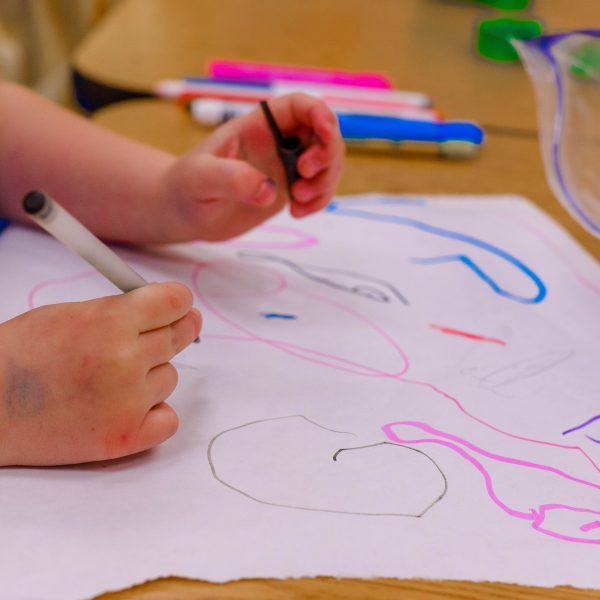Learning happens fastest when we see the concept first, scientists find

New research from Dartmouth University could unlock the key to working more effectively with children and adults alike, with the potential for the research to support the way we learn colours all the way through to complex theories, improving methodologies of education.
Published recently in Cognitive Science, the research adds to the existing evidence that adults, children and students of all ages learn better when seeing an object before hearing its description. The study builds on past research by focusing on learning in “inconsistent” environments featuring different teaching styles or distracting noises.
Researchers noted that learning environments can often complicate the learning process. For example, a child learning in a space with an early childhood teacher, a Diploma-qualified assistant, and other staff members in the room, with various qualifications, needs to adapt to the ways the different educators teach or explain the same concept. Even the varying ways educators talk and behave can complicate learning.
To replicate this confusion for the study, researchers intentionally provided confusing information to mimic these types of inconsistencies to subjects that were tasked to learn the names of three fictional characters – “yosh,” “wug” and “niz” – using two types of learning methods.
The first method, ‘object-label learning’, is when a student sees an object first and then is provided with the label. For example, seeing a colour before being told its name. Or hearing a description of a physical force before being hearing its formal title.
The second learning procedure is ‘label-object learning’, the reverse order in which a student sees a label first.
Subjects in the study were asked to match the pictures of the characters with their made-up names. The presentation of information was intentionally misleading to see if learners have an easier time dealing with the inconsistency depending on the way the input was presented – either object first or label first.
The results of the study indicate that students who see objects first and then hear the name – object-label learners – process inconsistent information better than learners who hear the name first and then see the object.
Researchers detected that learners that interact with the object before hearing the name perform ‘frequency boosting’ – the ability to process noisy, inconsistent information to identify and use the most frequent rule.
For example, when teachers interchangeably use ‘soda’ or ‘pop’ to describe the name of a carbonated beverage, the children who use frequency boosting will learn to use the term that is used most frequently.
A key feature of frequency boosting is that learners will also use the rule more consistently than the instructor.
“When trying to teach a child about colours, such as blue or red, not many people think about the best way to do it. People just say this is blue and point to an object. From this research, we can say that the order of presentation actually matters and that seeing the object first creates a stronger association to the name,” said Timmy Ma, a research associate who conducted the research while a PhD candidate at the University of California, Irvine.
To review the research, please see here.
Popular

Practice
Provider
Quality
Research
Workforce
New activity booklet supports everyday conversations to keep children safe
2025-07-10 09:00:16
by Fiona Alston

Quality
Practice
Provider
Workforce
Reclaiming Joy: Why connection, curiosity and care still matter in early childhood education
2025-07-09 10:00:07
by Fiona Alston

Policy
Practice
Provider
Quality
Research
Workforce
Beyond the headlines: celebrating educators and the power of positive relationships in early learning
2025-07-07 10:00:24
by Fiona Alston













